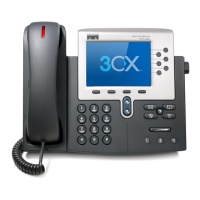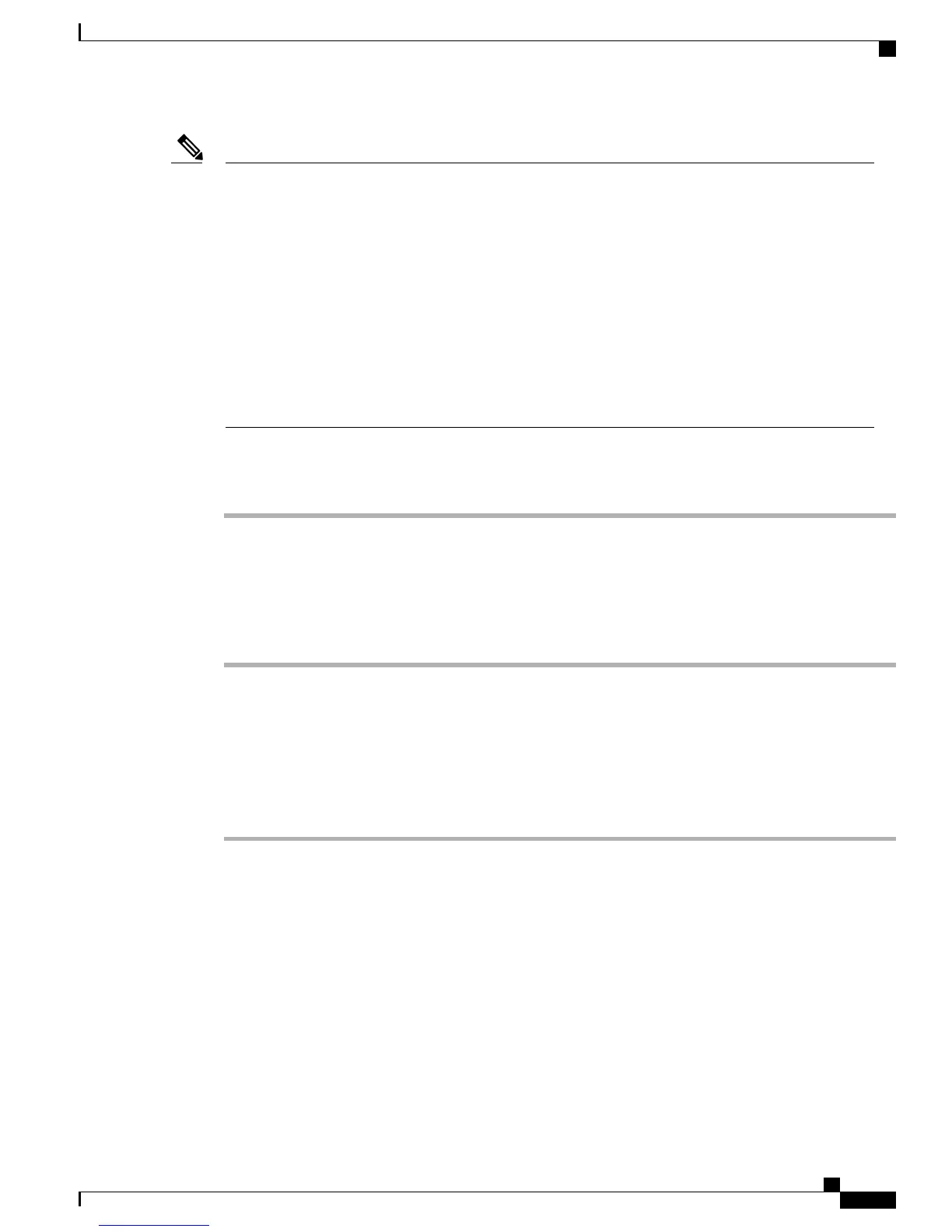Note
•
When you remove a phone from the Cisco Unified Communications Manager database, its
configuration file is deleted from the Cisco Unified Communications Manager TFTP server. The
phone’s directory number or numbers remain in the Cisco Unified Communications Manager database.
They are called “unassigned DNs” and can be used for other devices. If unassigned DNs are not used
by other devices, delete them from the Cisco Unified Communications Manager database. You can
use the Route Plan Report to view and delete unassigned reference numbers. See Cisco
Unified Communications Manager Administration Guide for more information.
•
Changing the buttons on a phone button template, or assigning a different phone button template to
a phone, may result in directory numbers that are no longer accessible from the phone. The directory
numbers are still assigned to the phone in the Cisco Unified Communications Manager database,
but there is no button on the phone with which calls can be answered. These directory numbers
should be removed from the phone and deleted if necessary.
To create a new configuration file, follow these steps:
Procedure
Step 1
From Cisco Unified Communications Manager, choose Device > Phone > Find to locate the phone experiencing
problems.
Step 2
Choose Delete to remove the phone from the Cisco Unified Communications Manager database.
Step 3
Add the phone back to the Cisco Unified Communications Manager database. See Cisco Unified
Communications Manager Phone Addition Methods, on page 38 for details.
Step 4
Power cycle the phone.
Determine DNS or Connectivity Issues
If the phone continues to reset, follow these steps to eliminate DNS or other connectivity errors:
Procedure
Step 1
Use Erase to reset phone settings to their default values. See Cisco Unified IP Phone Reset or Restore, on
page 229 for details.
Step 2
Modify DHCP and IP settings:
a) Disable DHCP. See Network Configuration Menu, on page 64 for instructions.
b) Assign static IP values to the phone. See Network Configuration Menu, on page 64 for instructions. Use
the same default router setting used for other functioning Cisco Unified IP Phones.
Cisco Unified IP Phone 7941G, 7941G-GE, 7942G, 7961G, 7961G-GE, and 7962G Administration Guide for Cisco Unified
Communications Manager 9.0 (SCCP and SIP)
225
Troubleshooting and Maintenance
Troubleshooting Procedures

